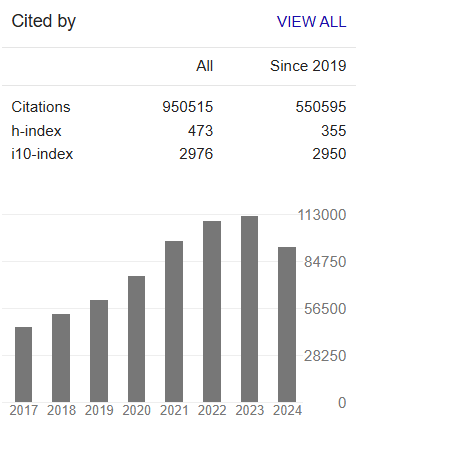Elaboration of Energy Flow Sankey Diagrams for the Central American Region to Improve National Energy Planning
Abstract
Nathan O. Márquez Alberto, Héctor F. Villatoro Flores
This article addresses the development of energy flow diagrams for the Central American region, based on the World Energy Balance for the year 2019. The main objective of this work is to provide a diagnosis of the efficiency of the energy systems, as well as the components that integrate them, which help to identify the improvement areas for the reduction of energy consumption. The development of the energy flow diagrams follows a model stablished by the International Energy Agency, divided in: primary energy resources, conversion technologies, and sectors of demand. In addition to the model stated before, energy flow diagrams shown in this article contain energy services and energy losses, calculated through the efficiencies found for each sector of demand. Six energy flow diagrams were developed to represent the energetic outlook of the region in regards to energy efficiency, primary energy resource consumption, and final energy consumption by the sectors of demand, as well as the estimation of greenhouse gases (GHG) emissions. This work can serve as a guide for energy planning, by tracking the energy flows to reduce energy losses and CO2 emissions by improving the low efficiency areas.



